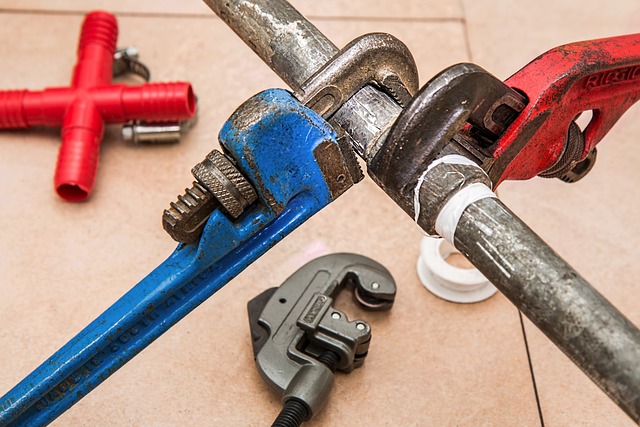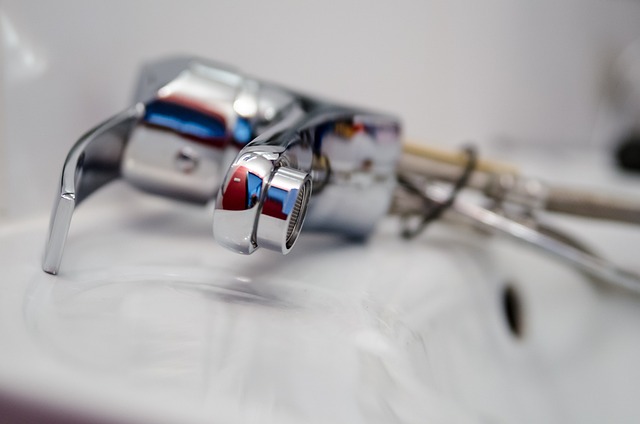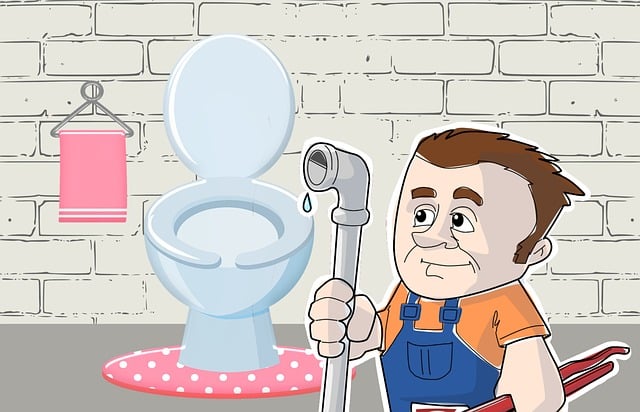Backflow prevention devices are critical for safeguarding drinking water by preventing contamination from non-potable sources. These one-way valves allow water to flow from the main supply to consumers while blocking any reverse flow that could introduce contaminants. Plumbers play a key role in ensuring these systems function properly, conducting regular testing and maintenance to comply with safety standards and protect public health. Annual inspections and precise pressure differential tests by qualified plumbers are essential to verify each device's performance under various pressure conditions, typically 10 to 30 PSI. These checks also involve looking for potential damage or wear that could affect the devices' effectiveness, ensuring community water supplies remain secure and free from contamination. Trusting a professional plumber to maintain these systems is crucial for maintaining the integrity of the local water supply and safeguarding public health.
Protecting your community’s drinking water is paramount, and understanding the role of backflow prevention devices is essential for safeguarding potable water supplies. This article delves into the critical function these devices serve and the importance of regular testing by licensed professionals. We’ll explore the expertise required for effective testing, as performed by experienced plumbers, and provide a detailed step-by-step guide to ensure your backflow prevention system operates at peak efficiency. Trust in professional plumbing services to maintain the integrity of your water supply.
- Understanding Backflow Prevention Devices and Their Importance in Protecting Potable Water Supplies
- The Role of Professional Plumbers in Testing Backflow Prevention Devices
- Step-by-Step Guide to Performing a Backflow Prevention Device Test by a Licensed Plumber
Understanding Backflow Prevention Devices and Their Importance in Protecting Potable Water Supplies

Backflow prevention devices are critical components of a water supply system, safeguarding potable water from contamination by ensuring that water flows in only one direction—from the main supply towards the consumer’s tap. These devices are mechanical check valves or a combination of various check valves and other components designed to prevent backflow, which occurs when there is a loss of pressure in the public water system or when there is a higher pressure in the consumer’s plumbing system. When properly installed and regularly maintained by skilled plumbers, these devices effectively protect the integrity of potable water supplies. It is the duty of licensed plumbers to perform backflow prevention device testing. This testing ensures that the devices are functioning correctly, thereby maintaining a secure barrier between potentially contaminated water sources and drinking water. Regular inspections and maintenance by competent professionals are essential to ensure the devices’ reliability and effectiveness in preventing health hazards associated with water contamination. Ensuring the proper operation of these devices is not just a regulatory requirement but a critical measure to protect public health and safety, underscoring the importance of trusting certified plumbers for their upkeep.
The Role of Professional Plumbers in Testing Backflow Prevention Devices

Professional plumbers play a pivotal role in ensuring the safety and integrity of water supply systems by performing regular backflow prevention device testing. These trained specialists are adept at identifying potential contamination risks within the water system by examining the mechanical components responsible for preventing backflow. Their expertise encompasses the inspection of various types of backflow preventers, including reducers, double check valves, and pressure vacuum breakers. During each test, they meticulously check each valve to ensure it functions correctly, allowing water to flow forward while blocking it in reverse. This critical service not only adheres to local regulations but also safeguards public health by preventing polluted or contaminated water from entering the drinking water supply.
In addition to their technical proficiency, professional plumbers are up-to-date with the latest industry standards and practices for backflow prevention device testing. They utilize specialized tools and equipment to conduct precise tests, accurately measuring pressure differentials that indicate the effectiveness of each device. This commitment to precision and adherence to compliance ensures that the water supply remains safe for consumption, thereby protecting communities from health risks associated with contaminated water. Engaging a professional plumber for this task offers peace of mind, knowing that the backflow prevention devices are functioning optimally and safeguarding the community’s water quality.
Step-by-Step Guide to Performing a Backflow Prevention Device Test by a Licensed Plumber

When it comes to maintaining the safety and integrity of a water supply system, a licensed plumber plays a critical role in ensuring backflow prevention devices function correctly. These devices are installed at points where different parts of the system might otherwise allow contaminated or non-potable water to flow back into the potable water supply. A reliable backflow prevention device test by a professional plumber is essential to safeguard public health and comply with local regulations.
To perform an effective backflow prevention device test, a licensed plumber should follow a systematic approach. Firstly, the plumber will inspect the device for any visible signs of damage or wear that could impair its operation. This includes checking for corrosion, leaks, or obstructions in the assembly. Next, the plumber will proceed to conduct a pressure test by closing all garden hose bibs and outside faucets to isolate the backflow prevention device from the water system. The plumber will then connect a pressure gauge to the device’s test cocks and apply the required amount of pressure as per manufacturer specifications or local codes, typically between 10 to 30 pounds per square inch (PSI). Throughout this process, the plumber will monitor the pressure readings and check for any leaks or drops in pressure that could indicate a problem. Each valve within the device should function correctly under this controlled pressure, preventing backflow without significant pressure loss. After the test, the plumber will carefully observe the device’s operation to ensure it operates as designed, protecting the water supply from contamination. This step-by-step guide to performing a backflow prevention device test by a licensed plumber is vital for maintaining the health and safety of the community. It is a procedure that should be conducted regularly, often annually, to ensure continued protection against backflow incidents.
Ensuring the integrity of potable water supplies is paramount, and backflow prevention devices play a critical role in this safeguard. This article has illuminated the essential function of these devices and highlighted the expertise required to test them effectively. Professional plumbers are not merely service providers; they are guardians of public health, ensuring the safety and quality of water through diligent testing procedures. The detailed guide provided underscores the importance of adhering to professional standards when performing backflow prevention device tests. Homeowners and businesses alike should recognize the value of entrusting such tasks to licensed plumbers who are trained to handle these critical assessments. With the right knowledge and professional support, communities can remain confident in the purity and safety of their water supply.
